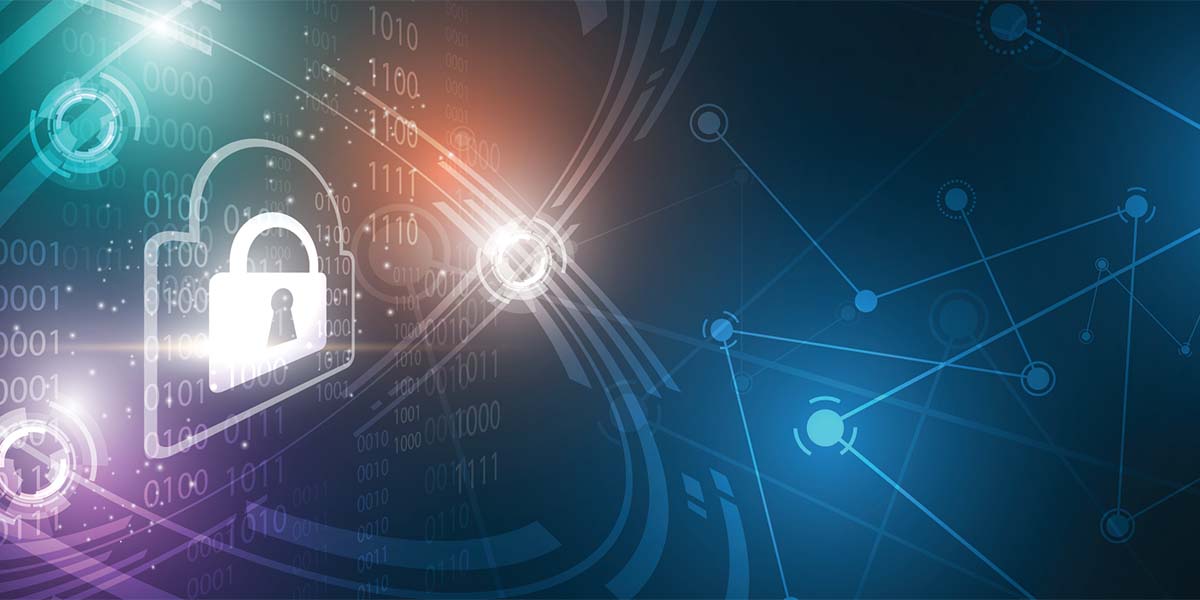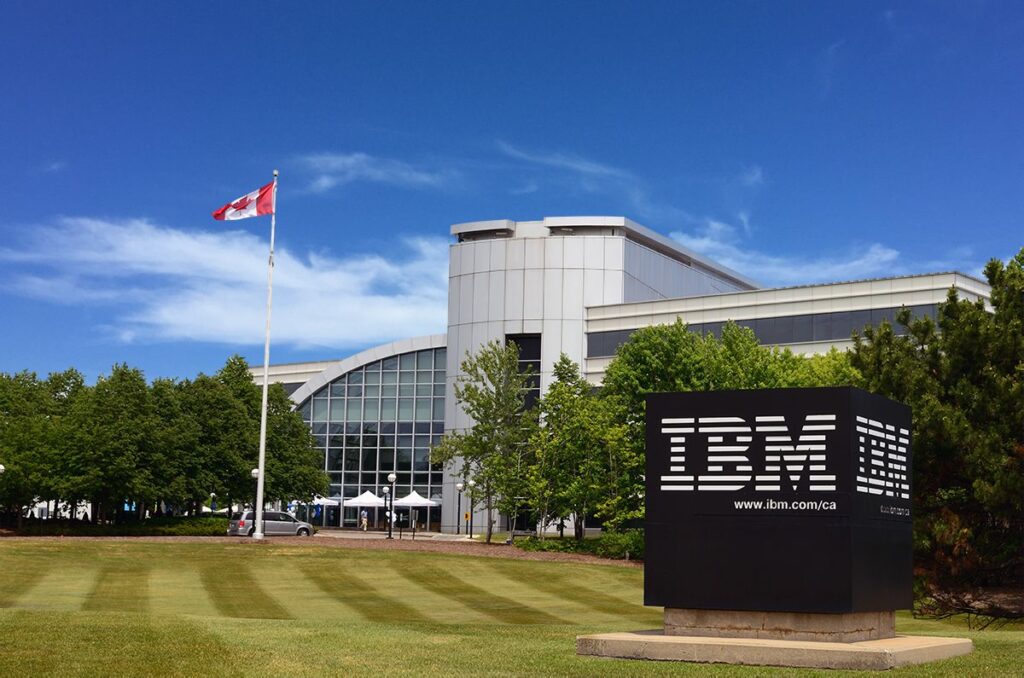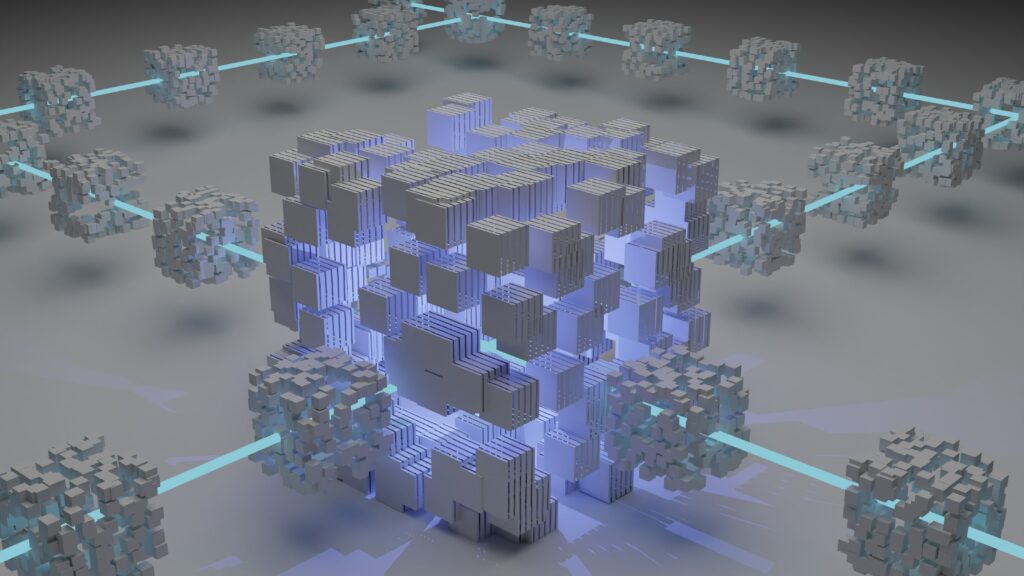Governance, Risk, and Compliance (GRC) and cybersecurity are no longer optional checkboxes—they are fundamental pillars of enterprise resilience. As ERP platforms evolve to support AI-driven automation, real-time decision-making, and global supply chains, they also become high-value targets. The attack surface has widened, and cybercriminals are exploiting gaps in processes, configurations, and human behavior with increasing precision.
The convergence of GRC and cybersecurity reflects a broader need for enterprise-wide discipline, built not only on strong policies but on technical safeguards that anticipate and prevent failure. According to Oracle’s Modern Defense-in-Depth framework, today’s ERP systems require a layered security strategy that spans physical, network, identity, application, and data layers—recognizing that vulnerabilities may arise anywhere across this interconnected landscape.
The principle of least privilege, for instance, must now apply to both users and applications. Yet many organizations still struggle with basic role hygiene and segregation of duties. According to the 2023 IBM Cost of a Data Breach report, misconfigured systems and compromised credentials accounted for 24% of breaches, with the average breach in a hybrid cloud environment costing $3.8 million. Within ERP systems, even seemingly minor oversights—such as improperly cloned test environments or excessive admin access—can open doors to fraud or attack, as history and case law continue to show.
To effectively manage these risks, organizations need to adopt a proactive mindset. This means treating GRC and cybersecurity not as parallel disciplines, but as two halves of a continuous control system. As Oracle’s guidance emphasizes, “no single security control is sufficient”; defense-in-depth requires controls at every stage of the ERP lifecycle—from user access and role provisioning to change management, file uploads, and integration endpoints.
Beyond technical measures, education remains a vital defense. Enterprise employees—from line workers to board members—must be trained to recognize social engineering, phishing, and data-sharing risks. Generative AI is already being used to automate scam creation and evade detection, accelerating the need for real-time monitoring and adaptive security systems. As AI is weaponized by both defenders and attackers, human judgment—sharpened by context and continuous learning—will remain essential.
What this means for ERP insiders
Master the fundamentals of GRC. ERP and IT leaders should adopt a layered security strategy aligned with zero-trust principles. Begin with identity and access management (IAM), enforcing multifactor authentication, role-based provisioning, and periodic audits of privileged users. Extend GRC to encompass all data exchanges, integrations, and extensions beyond the ERP core. Leverage automation in security operations—using AI to detect anomalies in financial transactions, user behavior, and third-party interactions. Equip business and HR leaders with a clear GRC roadmap, making risk management a shared priority. Align with board-level expectations by regularly reporting on metrics such as time to detect, mean time to contain, and control coverage.
Embed GRC and cybersecurity controls at design stage of ERP modernization. Several organizations are already achieving measurable results from integrated ERP security strategies. For instance, a U.S.-based aerospace manufacturer leveraging Oracle ERP Cloud and Autonomous Database reported a 70% reduction in time spent on audits and eliminated over 2,500 orphaned roles across its global instance. Another multinational used AI-driven user behavior analytics to prevent a six-figure payment fraud attempt by identifying an unusual pattern in invoice approvals. These outcomes are not isolated—organizations that embed GRC and cybersecurity controls at the design stage of ERP modernization projects are seeing faster compliance cycles, fewer breaches, and greater agility in adapting to regulatory changes.
Market outlook foretells GRC as competitive advantage. The global market for GRC platforms is expected to grow at a CAGR of 12.6%, reaching $75 billion by 2030, while cybersecurity spending in the ERP segment is projected to increase by 17% annually through 2027. With regulatory pressure intensifying—driven by GDPR, DORA, and evolving ESG mandates—organizations can no longer afford siloed risk management. ERP vendors like Oracle, SAP, and Microsoft are embedding AI-native security features and GRC dashboards directly into their cloud platforms. In this environment, the winners will be those who invest early in intelligent, automated defenses—and who treat GRC not as a cost center, but as a competitive advantage.




